
Victorian feral horse plan a win for Alpine National Park
Victoria’s new plan to reduce feral horse numbers in the Alpine National Park will see horses removed entirely from the Bogong High Plains.

Victoria’s new plan to reduce feral horse numbers in the Alpine National Park will see horses removed entirely from the Bogong High Plains.

Australian Academy of Science raises serious concerns over draft Kosciuszko horse management plan.
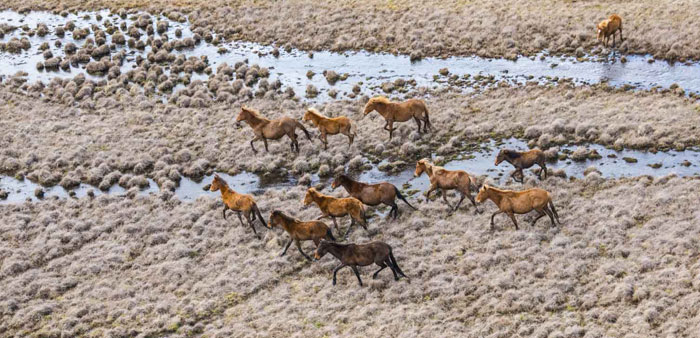
Freedom of information documents reveal feral horse numbers in Kosciuszko are spiralling out of control because of ineffective control measures.

Does the promise of a zero extinction target in NSW mean native wildlife will get the protection they deserve from the impacts of feral horses?

We are taking action to access key reports on the management of feral horses in Kosciuszko National Park.
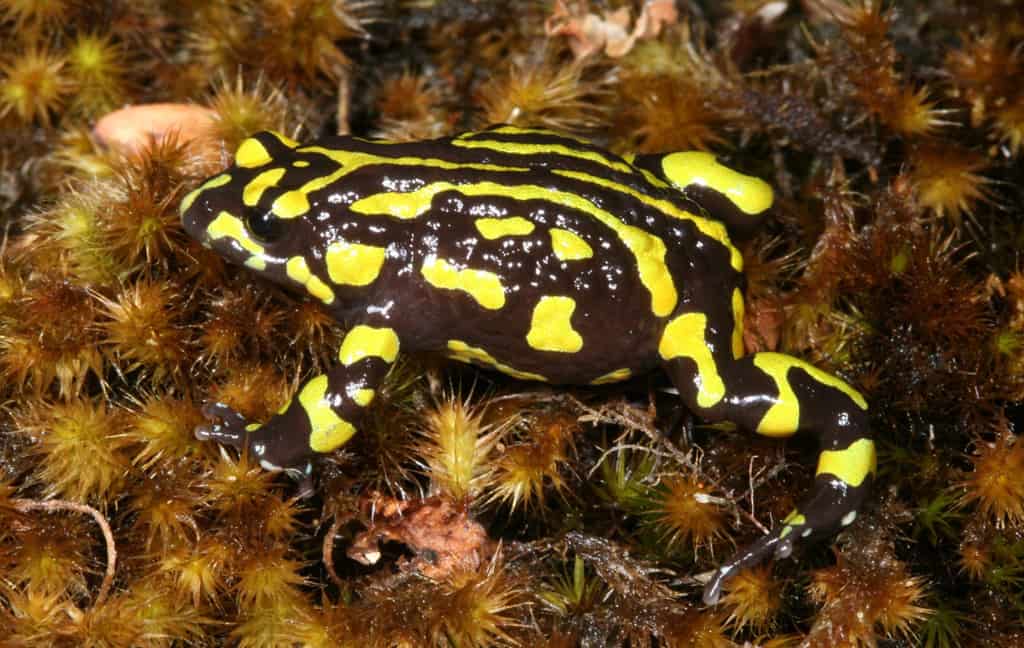
Federal environment minister set to take action that will reduce feral horses numbers in Kosciuszko National Park.

The Invasive Species Council backs environment minister’s desire to use federal laws to protect Kosciuszko National Park from feral horses.

Parks Victoria has a chance to rid the state’s Alpine National Park of feral horses in the next decade. Can it do it?
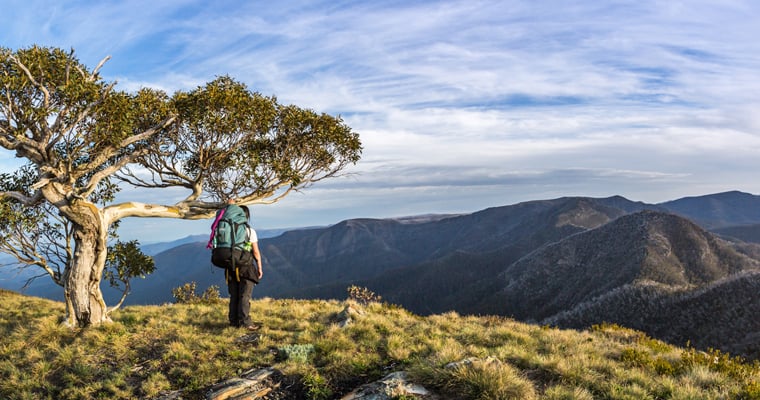
New Victorian feral horse action plan strides ahead of NSW when it comes to protecting the Australian Alps from growing feral horse impacts.
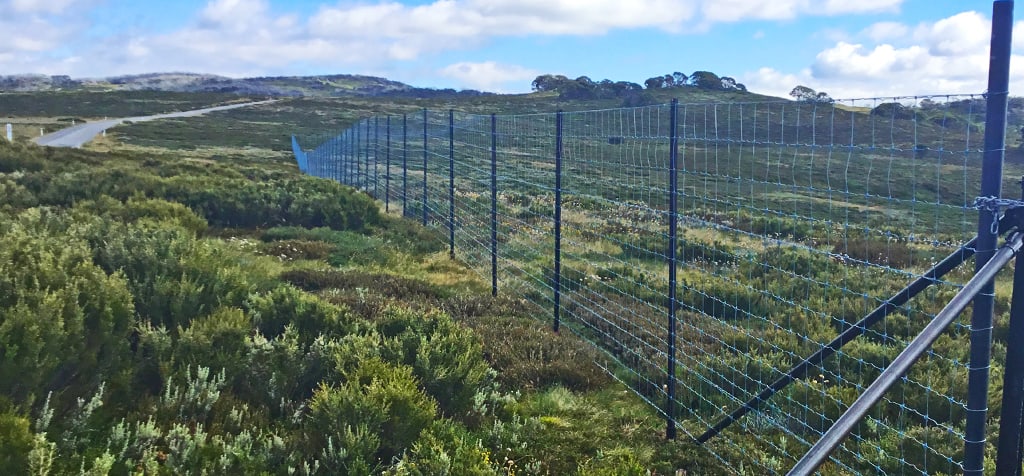
The cost of important alpine research in Victoria’s Bogong High Plains is being pushed up by the encroachment of sambar deer and feral horses.
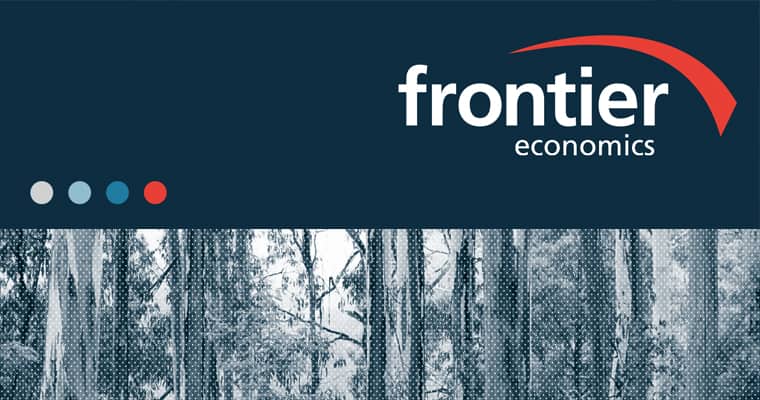
Frontier Economics report warns the failure to reduce feral horse numbers in Kosciuszko National Park is costing the NSW economy up to $50 million a year.

A count of horse numbers in Kosciuszko National Park after the 2020-21 bushfires confirms the urgent need to reduce numbers to protect the park.

Midnight Oil frontman and environmental champion Peter Garrett joins fight to protect Kosciuszko National Park from feral horses.
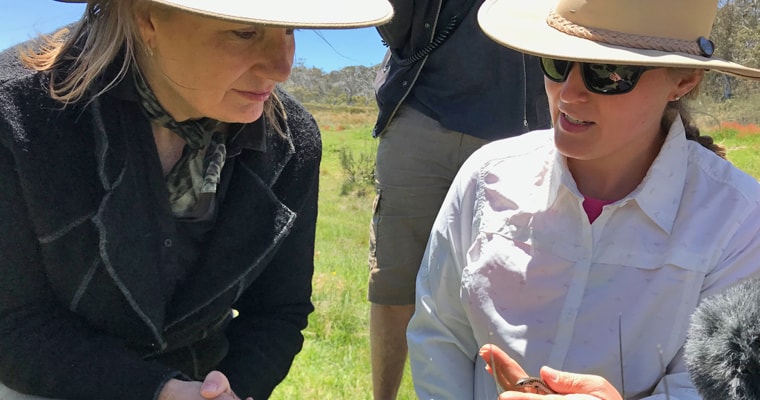
Federal environment minister Sussan Ley announces $8 million for bushfire recovery in the Australian Alps, wants action on growing feral horse numbers in Kosciuszko National Park.

A blanket ban on aerial horse culling has been a disaster for NSW national parks.

Victoria’s new plan to reduce feral horse numbers in the Alpine National Park will see horses removed entirely from the Bogong High Plains.

Australian Academy of Science raises serious concerns over draft Kosciuszko horse management plan.

Freedom of information documents reveal feral horse numbers in Kosciuszko are spiralling out of control because of ineffective control measures.

Does the promise of a zero extinction target in NSW mean native wildlife will get the protection they deserve from the impacts of feral horses?

We are taking action to access key reports on the management of feral horses in Kosciuszko National Park.

Federal environment minister set to take action that will reduce feral horses numbers in Kosciuszko National Park.

The Invasive Species Council backs environment minister’s desire to use federal laws to protect Kosciuszko National Park from feral horses.

Parks Victoria has a chance to rid the state’s Alpine National Park of feral horses in the next decade. Can it do it?

New Victorian feral horse action plan strides ahead of NSW when it comes to protecting the Australian Alps from growing feral horse impacts.

The cost of important alpine research in Victoria’s Bogong High Plains is being pushed up by the encroachment of sambar deer and feral horses.

Frontier Economics report warns the failure to reduce feral horse numbers in Kosciuszko National Park is costing the NSW economy up to $50 million a year.

A count of horse numbers in Kosciuszko National Park after the 2020-21 bushfires confirms the urgent need to reduce numbers to protect the park.

Midnight Oil frontman and environmental champion Peter Garrett joins fight to protect Kosciuszko National Park from feral horses.

Federal environment minister Sussan Ley announces $8 million for bushfire recovery in the Australian Alps, wants action on growing feral horse numbers in Kosciuszko National Park.

A blanket ban on aerial horse culling has been a disaster for NSW national parks.

Victoria’s new plan to reduce feral horse numbers in the Alpine National Park will see horses removed entirely from the Bogong High Plains.

Australian Academy of Science raises serious concerns over draft Kosciuszko horse management plan.

Freedom of information documents reveal feral horse numbers in Kosciuszko are spiralling out of control because of ineffective control measures.

Does the promise of a zero extinction target in NSW mean native wildlife will get the protection they deserve from the impacts of feral horses?

We are taking action to access key reports on the management of feral horses in Kosciuszko National Park.

Federal environment minister set to take action that will reduce feral horses numbers in Kosciuszko National Park.

The Invasive Species Council backs environment minister’s desire to use federal laws to protect Kosciuszko National Park from feral horses.

Parks Victoria has a chance to rid the state’s Alpine National Park of feral horses in the next decade. Can it do it?

New Victorian feral horse action plan strides ahead of NSW when it comes to protecting the Australian Alps from growing feral horse impacts.

The cost of important alpine research in Victoria’s Bogong High Plains is being pushed up by the encroachment of sambar deer and feral horses.

Frontier Economics report warns the failure to reduce feral horse numbers in Kosciuszko National Park is costing the NSW economy up to $50 million a year.

A count of horse numbers in Kosciuszko National Park after the 2020-21 bushfires confirms the urgent need to reduce numbers to protect the park.

Midnight Oil frontman and environmental champion Peter Garrett joins fight to protect Kosciuszko National Park from feral horses.

Federal environment minister Sussan Ley announces $8 million for bushfire recovery in the Australian Alps, wants action on growing feral horse numbers in Kosciuszko National Park.

A blanket ban on aerial horse culling has been a disaster for NSW national parks.
Get our blog the Feral Herald delivered to your inbox.
Our protected areas are being trashed, trampled, choked and polluted by an onslaught of invaders. Invasive species are already the overwhelming driver of our animal extinction rate, and are expected to cause 75 of the next 100 extinctions.
But you can help to turn this around and create a wildlife revival in Australia.
From numbats to night parrots, a tax-deductible donation today can help defend our wildlife against the threat of invasive weeds, predators, and diseases.
As the only national advocacy environment group dedicated to stopping this mega threat, your gift will make a big difference.
A silent crisis is unfolding across Australia. Every year, billions of native animals are hunted and killed by cats and foxes. Fire ants continue to spread and threaten human health. And the deadly strain of bird flu looms on the horizon. Your donation today will be used to put the invasive species threat in the media, make invasive species a government priority, ensure governments take rapid action to protect nature and our remarkable native wildlife from invasives-led extinction, death and destruction.
If you are having trouble submitting a form, please read this guide.
Please fill out the following form and one of our team will be in contact to assist as soon as possible. Please make sure to include any helpful information, such as the device you were using (computer, tablet or mobile phone) and if known, your browser (Mozilla Firefox, Chrome, Safari etc)
"*" indicates required fields
Dear Project Team,
[YOUR PERSONALISED MESSAGE WILL APPEAR HERE.]
I support the amendment to the Kosciuszko National Park Wild Horse Heritage Management Plan to allow our incredible National Parks staff to use aerial shooting as one method to rapidly reduce feral horse numbers. I want to see feral horse numbers urgently reduced in order to save the national park and our native wildlife that live there.
The current approach is not solving the problem. Feral horse numbers have rapidly increased in Kosciuszko National Park to around 18,000, a 30% jump in just the past 2 years. With the population so high, thousands of feral horses need to be removed annually to reduce numbers and stop our National Park becoming a horse paddock. Aerial shooting, undertaken humanely and safely by professionals using standard protocols, is the only way this can happen.
The government’s own management plan for feral horses states that ‘if undertaken in accordance with best practice, aerial shooting can have the lowest negative animal welfare impacts of all lethal control methods’.
This humane and effective practice is already used across Australia to manage hundreds of thousands of feral animals like horses, deer, pigs, and goats.
Trapping and rehoming of feral horses has been used in Kosciuszko National Park for well over a decade but has consistently failed to reduce the population, has delayed meaningful action and is expensive. There are too many feral horses in the Alps and not enough demand for rehoming for it to be relied upon for the reduction of the population.
Fertility control as a management tool is only effective for a small, geographically isolated, and accessible population of feral horses where the management outcome sought is to maintain the population at its current size. It is not a viable option to reduce the large and growing feral horse population in the vast and rugged terrain of Kosciuszko National Park.
Feral horses are trashing and trampling our sensitive alpine ecosystems and streams, causing the decline and extinction of native animals. The federal government’s Threatened Species Scientific Committee has stated that feral horses ‘may be the crucial factor that causes final extinction’ for 12 alpine species.
I recognise the sad reality that urgent and humane measures are necessary to urgently remove the horses or they will destroy the Snowies and the native wildlife that call the mountains home. I support a healthy national park where native species like the Corroboree Frog and Mountain Pygmy Possum can thrive.
Dear Project Team,
[YOUR PERSONALISED MESSAGE WILL APPEAR HERE.]
I support the amendment to the Kosciuszko National Park Wild Horse Heritage Management Plan to allow our incredible National Parks staff to use aerial shooting as one method to rapidly reduce feral horse numbers. I want to see feral horse numbers urgently reduced in order to save the national park and our native wildlife that live there.
The current approach is not solving the problem. Feral horse numbers have rapidly increased in Kosciuszko National Park to around 18,000, a 30% jump in just the past 2 years. With the population so high, thousands of feral horses need to be removed annually to reduce numbers and stop our National Park becoming a horse paddock. Aerial shooting, undertaken humanely and safely by professionals using standard protocols, is the only way this can happen.
The government’s own management plan for feral horses states that ‘if undertaken in accordance with best practice, aerial shooting can have the lowest negative animal welfare impacts of all lethal control methods’.
This humane and effective practice is already used across Australia to manage hundreds of thousands of feral animals like horses, deer, pigs, and goats.
Trapping and rehoming of feral horses has been used in Kosciuszko National Park for well over a decade but has consistently failed to reduce the population, has delayed meaningful action and is expensive. There are too many feral horses in the Alps and not enough demand for rehoming for it to be relied upon for the reduction of the population.
Fertility control as a management tool is only effective for a small, geographically isolated, and accessible population of feral horses where the management outcome sought is to maintain the population at its current size. It is not a viable option to reduce the large and growing feral horse population in the vast and rugged terrain of Kosciuszko National Park.
Feral horses are trashing and trampling our sensitive alpine ecosystems and streams, causing the decline and extinction of native animals. The federal government’s Threatened Species Scientific Committee has stated that feral horses ‘may be the crucial factor that causes final extinction’ for 12 alpine species.
I recognise the sad reality that urgent and humane measures are necessary to urgently remove the horses or they will destroy the Snowies and the native wildlife that call the mountains home. I support a healthy national park where native species like the Corroboree Frog and Mountain Pygmy Possum can thrive.